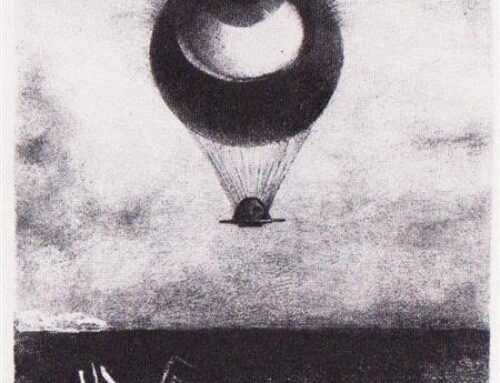The history in our bones: how we physically frame our history and life choices. From the article:
Today it’s an established fact that our skeletons are surprisingly malleable. The pure white remains displayed in museums may seem solid and inert, but the bones beneath our flesh are very much alive – they’re actually pink with blood vessels – and they’re constantly being broken down and rebuilt. So although each person’s skeleton develops according to a rough template set out in their DNA, it is then tailored to accommodate the unique stresses of their life.
This has led to a discipline known as “osteobiography” – literally “the biography of bones” – which involves looking at a skeleton to find out how its owner lived. It relies on the fact that certain activities, such as walking on two legs, leave a predictable signature behind, such as sturdier hip bones.
And from the discovery of a curious spiky growth on the back of many people’s skulls to the realisation that our jaws are getting smaller, to the enigmatic finding that German youths currently have narrower elbows than ever before, it’s clear that modern life is having an impact on our bones….
“I have been a clinician for 20 years, and only in the last decade, increasingly I have been discovering that my patients have this growth on the skull,” says David Shahar, a health scientist at the University of The Sunshine Coast, Australia….
What the scientists found was striking. The spike was far more prevalent than they had expected, and also a lot more common in the youngest age group: one in four people aged 18-30 had the growth. Why could this be? And should we be concerned?
Shahar thinks the spike explosion is down to modern technology, particularly our recent obsession with smartphones and tablets. As we hunch over them, we crane our necks and hold our heads forward. This is problematic, because the average head weighs around 10 pounds (4.5 kg) – about as much as a large watermelon…. Shahar thinks the spikes form because the hunched posture creates extra pressure on the place where the neck muscles attach to the skull – and the body responds by laying down fresh layers of bone. These help the skull to cope with the extra stress, by spreading the weight over a wider area….
[Christiane] Scheffler conducted a new study – together with some colleagues this time – in which she also asked the children to fill out a questionnaire about their daily habits, and to wear a step counter for a week. The team found a strong link between how robust the children’s skeletons were and the amount of walking they were doing.
It’s already well known that every time we use our muscles, we help to increase the mass of the bones that support them. “If you use them again and again, they build more bone tissue, which is measured as a higher density and bigger girth of bone,” says Scheffler. The children’s shrinking skeletons look like a straightforward adaptation to modern life, since it doesn’t make sense to grow bone that you don’t need….
So what will future archaeologists make of our skeletons, when they examine them from their spaceships? If we’re not careful, they’ll reveal unhealthy diets, staggering levels of inactivity, and a morbid attachment to technology. Perhaps it’s best to be cremated.
For another post on science and history, see here.






Leave A Comment